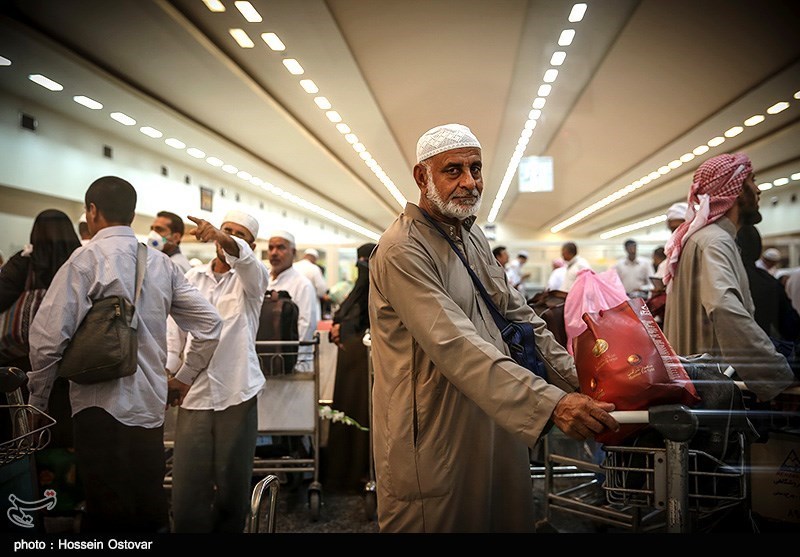Hojatoleslam Seyed Ali Qazi-Askar, the representative of Leader of the Islamic Revolution in Hajj and pilgrimage affairs, told reporters on Monday that Saudi Arabia has permitted 10 individuals from Iran’s Foreign Ministry to travel to the cities of Jeddah, Mecca and Medina as representatives for consular affairs.
Describing Riyadh’s cooperation with Iran on this year’s Hajj pilgrimage as good, the cleric said the necessary agreements have been achieved with the Saudi officials.
“We feel that we are going to see a calm Hajj this year,” he noted.
According to Qazi-Askar, the first group of Iranian pilgrims will fly to Saudi Arabia on July 31.
Head of Iran’s Hajj and Pilgrimage Organization Hamid Mohammadi had announced earlier that as many as 86,500 Iranian pilgrims would travel to the kingdom this year, saying that Saudi officials have undertaken to ensure the security of Iranian pilgrims during the religious event.
Mohammadi also said that all Iranian travelers would be kitted up with homegrown electronic bracelets that would work as ID cards and contain their personal information.
The wearable device is paired with a mobile application, helping the pilgrims to find their convoys in case of getting lost.
Iran announced in mid-March that applicants can go on Hajj pilgrimage this year following negotiations with Saudi officials after a hiatus in the wake of a diplomatic row with the kingdom.
In 2016, more than 1.8 million pilgrims attended Hajj, but Iranians stayed at home after tensions between Riyadh and Tehran boiled over following a deadly crush of people during the 2015 pilgrimage.
On September 2, 2015, thousands of people lost their lives in the deadly crush after Saudi authorities blocked a road in Mina during a ritual, forcing large crowds of pilgrims to collide.
The crush was the deadliest incident in the history of the pilgrimage. According to an Associated Press count based on official statements from the 36 countries that lost citizens in the disaster, more than 2,400 pilgrims were killed in the incident.
Saudi Arabia claims nearly 770 people were killed, but officials at Iran’s Hajj and Pilgrimage Organization say about 4,700 people, including over 460 Iranian pilgrims, lost their lives.
